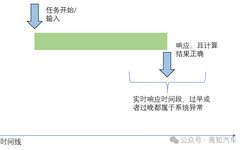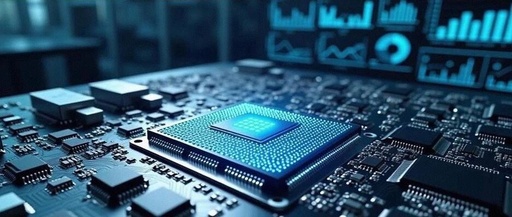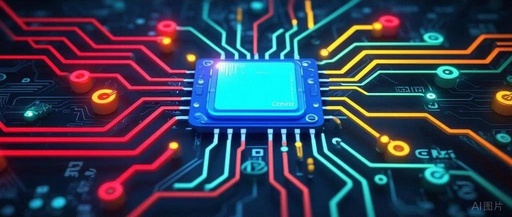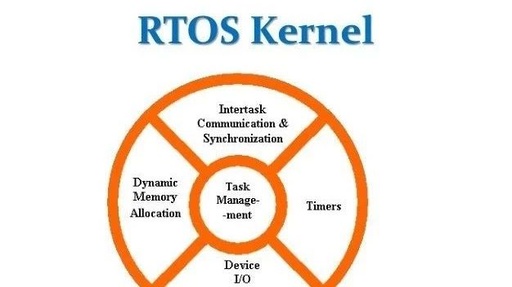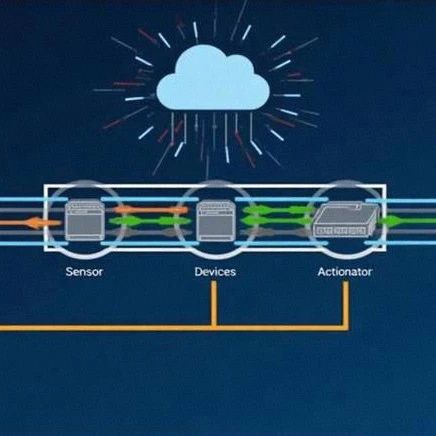Embedded Systems Based on VxWorks and Experiments
Online resources suitable for beginners learning VxWorks.Click “Read the original text” to download. Chapter 1 Overview of Embedded Systems 1.1 Definition of Embedded Systems 1.2 Characteristics of Embedded Systems 1.3 Application Areas of Embedded Systems 1.4 Development Trends of Embedded Systems 1.5 Challenges in Embedded System Design – Optimizing Design Metrics 1.6 Three Key Technologies … Read more

